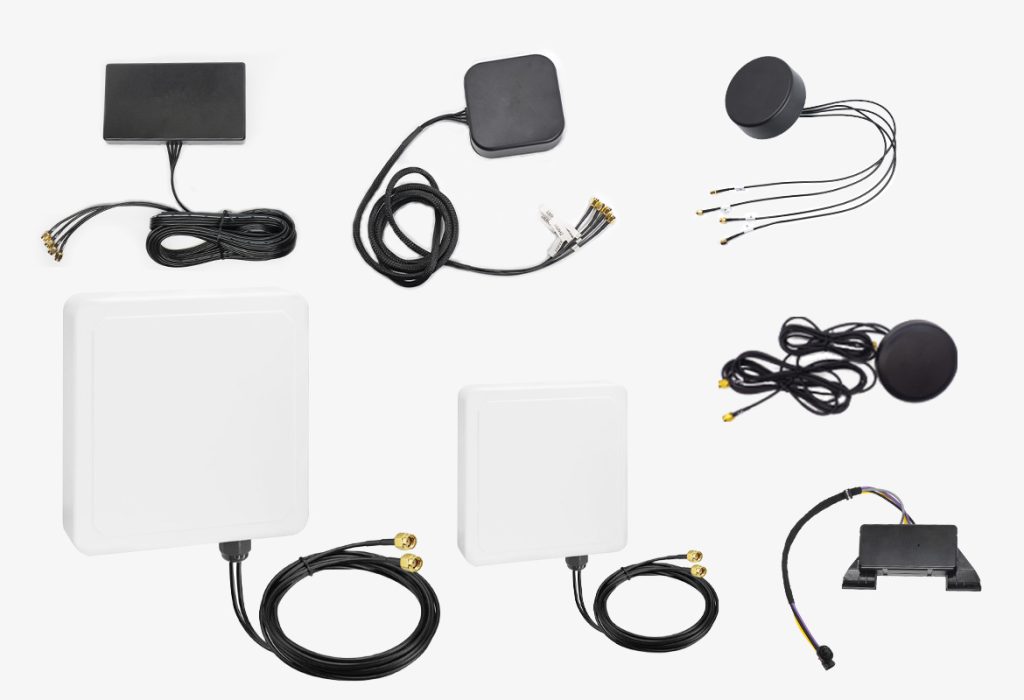In the realm of wireless communication, internal antennas play a pivotal role. They are essential components that facilitate seamless connectivity in various devices, from smartphones to IoT gadgets. Understanding the evolution of these antennas provides insight into their significance in modern technology.

Understanding Internal Antennas
Internal antennas are designed to be embedded within devices, allowing for a compact form factor without compromising performance. Unlike external antennas, which can be bulky and prone to damage, internal antennas offer a sleek solution that enhances the aesthetic appeal of devices. But what exactly makes these antennas so crucial in today’s tech landscape?
- Compact Design: Internal antennas save space, making them ideal for portable devices.
- Enhanced Durability: Being housed within the device protects them from environmental factors.
- Improved Aesthetics: They contribute to a cleaner design without protruding elements.
The Early Designs of Internal Antennas
The journey of internal antennas began with simple designs that primarily focused on basic functionality. Early models were often limited in range and performance. However, as technology advanced, engineers began to explore innovative designs that improved efficiency and signal quality. For instance, the introduction of printed circuit board (PCB) antennas marked a significant milestone in the evolution of internal antennas.
Key Innovations in Internal Antenna Technology
As the demand for wireless connectivity surged, so did the need for more sophisticated internal antennas. Here are some notable innovations:
- Multi-band Capabilities: Modern internal antennas can operate across multiple frequency bands, enhancing versatility.
- Miniaturization: Advances in materials and design have led to smaller antennas that do not sacrifice performance.
- Integration with Other Technologies: Internal antennas are now often combined with other components, such as sensors, to create multifunctional devices.
Modern Innovations in Internal Antennas
Today, internal antennas are at the forefront of wireless technology. They are integral to the functionality of smartphones, tablets, and smart home devices. Innovations such as MIMO (Multiple Input Multiple Output) technology have revolutionized how internal antennas operate, allowing for faster data rates and improved signal quality. But how do these advancements impact user experience?
With the rise of 5G technology, the demand for high-performance internal antennas has never been greater. Manufacturers are now focusing on developing antennas that can handle the increased data load and provide reliable connectivity in dense urban environments. For more information on high-quality internal antennas, visit .
Conclusion
The evolution of internal antennas reflects the broader trends in technology and consumer demand. As we move towards a more connected world, the importance of these antennas will only continue to grow. Understanding their development not only highlights their significance but also prepares us for the innovations that lie ahead.








